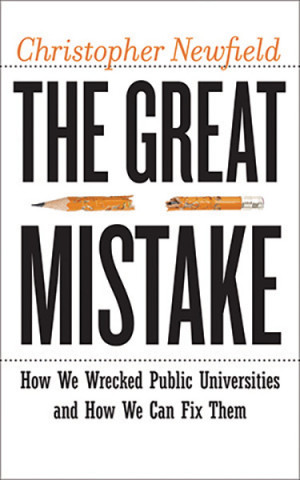It may seem like common sense that when you cut teaching staff, you hurt students. The cuts can take various forms. You can reduce the number of teachers and increase class size. Most public colleges and universities have done this, and learning has occurred in more large lectures and become more passive - or so you'd think we could all agree.
Another strategy is to change the ratio between full- and part-time instructors. This is even more popular as a cost-cutting strategy in higher ed than shrinking the teaching staff. Most schools can't shrink because enrollments keep growing. But they can and do replace full-time with part-time teachers, with lower salaries, fewer or no benefits, and more difficult working conditions. All of these reduce quality time with students. Or so you'd think we could assume.
In my excessively long experience with administrative discussions, however, the link between funding cuts and quality cuts is denied. "We can say quality is at risk," one top UC official told a group of UC Chancellors on one occasion. "But we cannot say that quality has declined. He was rebuffed by the faculty in the room, but the convenient and economical illusion continues.
This is background as to why these new studies of the impact of adjunct labor on educational outcomes are so important. IHE and CHE coverage is a good start on the effects on the student masses, not the 2% at the elite privates, of the fact that higher ed has doubled its proportion of adjuncts in the past 30 years.
Another Day; Another Academic Shooting
8 hours ago




0 comments:
Join the Conversation
Note: Firefox is occasionally incompatible with our comments section. We apologize for the inconvenience.